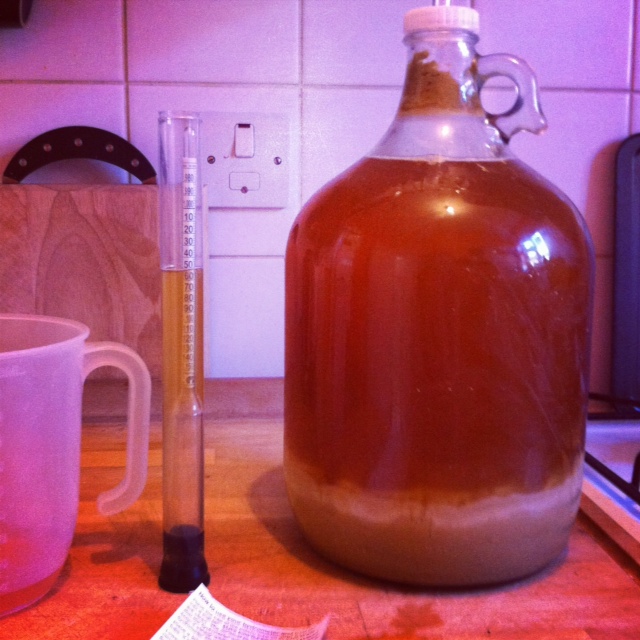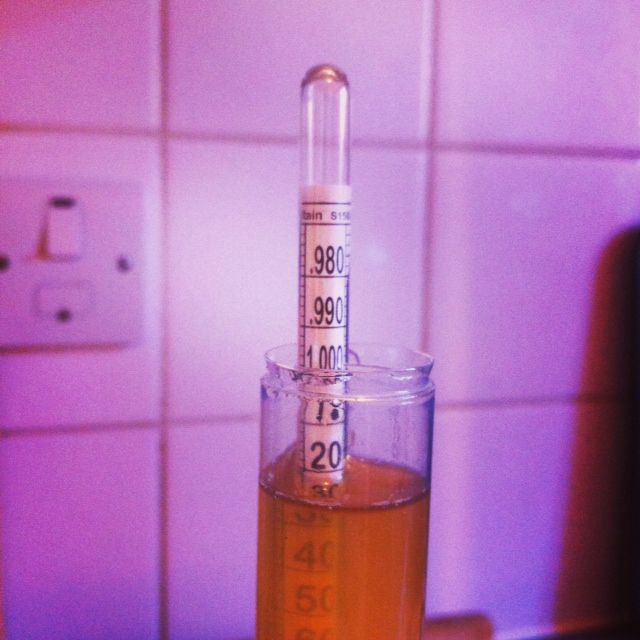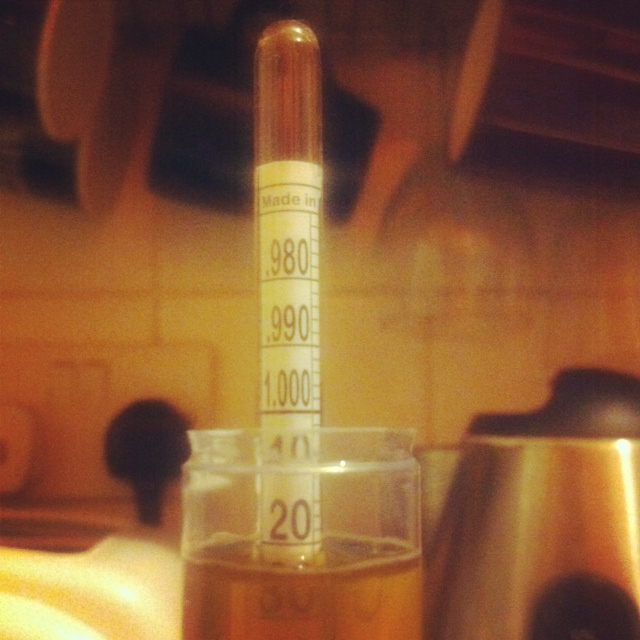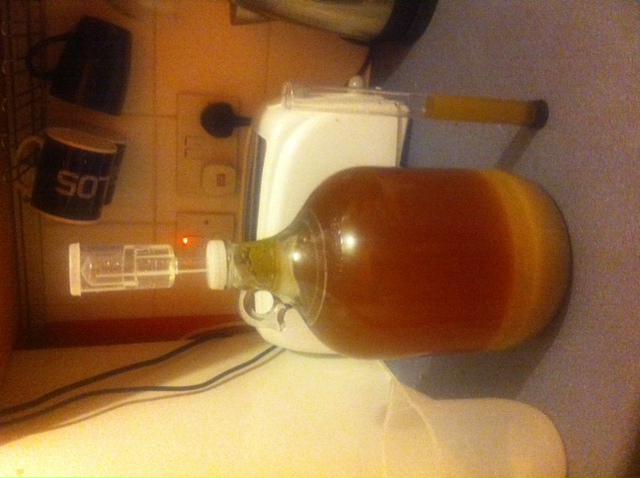ACraftyGlass
Member
- Joined
- Feb 19, 2013
- Messages
- 14
- Reaction score
- 0
Hi everyone from London, England.
At Christmas I was treated to the Brooklyn Brew Shop's beer making kit.
I'm at the fermentation stage of my first ever brew and wanted to stop by to see if anyone has any tips/reassurances for me!
During the boil, a lot of the liquid evaporated. As instructed, I added water to the fermentation jar, to hit the gallon marker I needed to aim for. The added water amounted to around two litres, which I'm worried seems too much. Also, I topped up with slightly too much water an exceeded the gallon mark, so there's not as much emptiness/air as there should be...
By the end of day one, the jar of liquid was in two defined colours. Now one colour dominates the liquid and there's a big amount of gunk at the bottom of the jar. I'm worried that there's too much, and that nothing has really happened to the jar since...
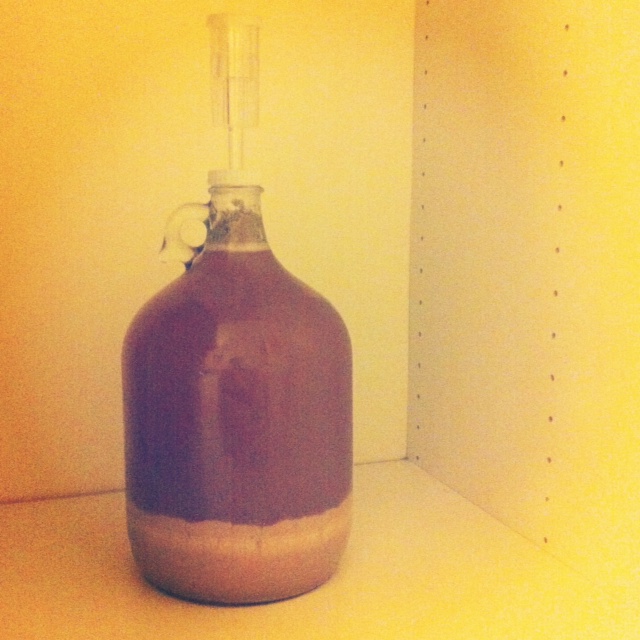
Any thoughts would be highly appreciated.
I've recently started a craft beer blog where I posted an article about my debut in brewing. http://acraftyglass.co.uk/
Thanks so much,
Tony.
At Christmas I was treated to the Brooklyn Brew Shop's beer making kit.
I'm at the fermentation stage of my first ever brew and wanted to stop by to see if anyone has any tips/reassurances for me!
During the boil, a lot of the liquid evaporated. As instructed, I added water to the fermentation jar, to hit the gallon marker I needed to aim for. The added water amounted to around two litres, which I'm worried seems too much. Also, I topped up with slightly too much water an exceeded the gallon mark, so there's not as much emptiness/air as there should be...
By the end of day one, the jar of liquid was in two defined colours. Now one colour dominates the liquid and there's a big amount of gunk at the bottom of the jar. I'm worried that there's too much, and that nothing has really happened to the jar since...

Any thoughts would be highly appreciated.
I've recently started a craft beer blog where I posted an article about my debut in brewing. http://acraftyglass.co.uk/
Thanks so much,
Tony.



